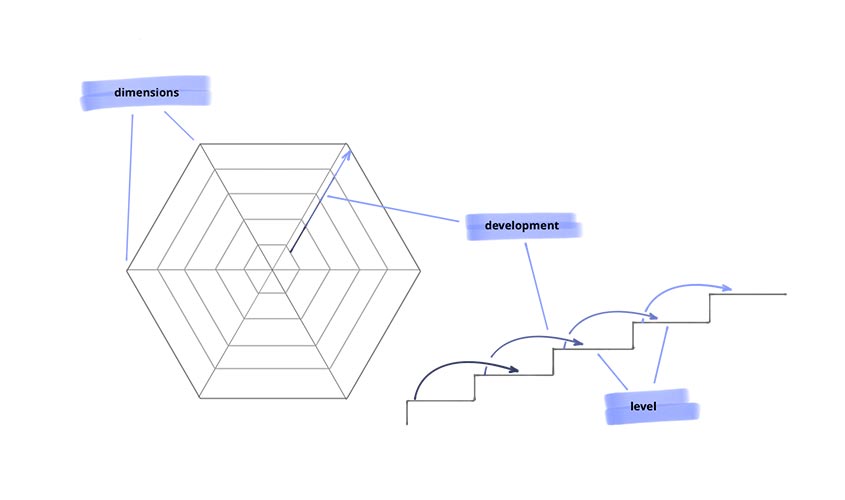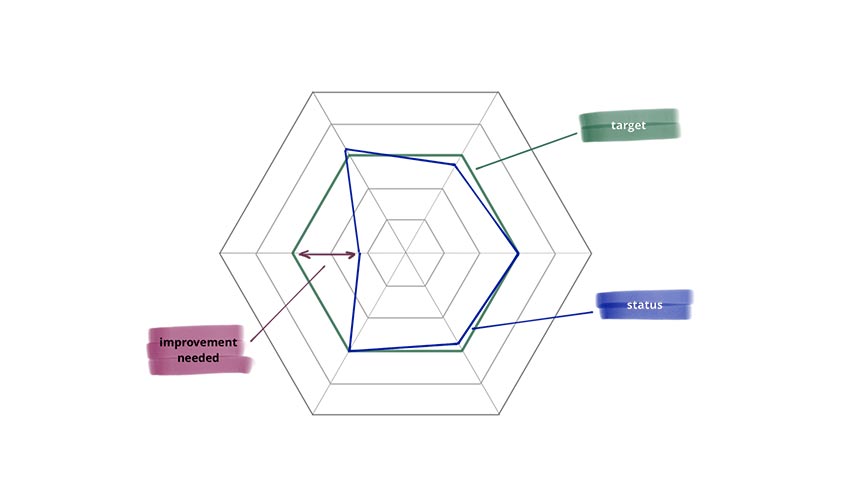
Increasing uncertainty, rapid changes of the environment and a constantly rising level of unpredictability urgently require an active risk management system for every business strategy. Top executives, project managers and department leads find themselves more and more confronted with a host of improbables, which they have to consider in their decision-making processes to secure long-term success and reach their goals and aspirations.
Assessing risk management processes
How successful risk management strategies are normally does not become clear until the set goals are achieved – or, if things go wrong: are missed. However, this approach to assessing quality is problematic as it is merely reactive. Potential for improvement can only be recognised and realised when it is actually too late.
It would be better to use a different approach that assesses the quality of risk management processes in companies independently of whether goals are reached or not. Potential for improvement should be identified before risks have already become a reality. One concept which meets these requirements is the maturity model, created to assess risk management strategies in companies.
Maturity concept for risk management systems
The maturity concept includes a reference model that helps integrate risk management strategies in companies. To do so, several aspects are examined and assessed, so that they can be systematically improved. These aspects cover very different perspectives, thus preparing the way for a holistic assessment of risk management systems.
Definition of processes and roles
How are risk management processes defined, what activities do these processes consist of and what roles are defined in this context?
Tools and documentation
What tools are used for risk management purposes and how is relevenat information documented?
Application and embedding
How are risk management processes and tools applied within the company and how are risk management processes integrated into other processes?
Interfaces and processing of information
What defined interfaces concerning risk management processes exist in the company and how is relevant information processed?
Training and development of skills
What mechanisms make sure that the right people have the necessary skills required for successful risk management?
Risk culture and awareness
How strong is risk awareness in the company and how closely is it linked with the respective corporate culture?
Use of the maturiy model for a successful risk management
The maturity concept has three different functions in terms of improving risk management processes in a company. First, the reference model helps describe risk management systems in a consistent way which at the same time fits the specific requirments of the individual company. These descriptions can be used as a target definition for risk management processes.
Second, this model makes it easy to analyse how much progress has already been made in implementing risk management strategies. Thanks to the holistic approach including different viewpoints, strengths and weaknesses and the current level of implementation become clearly obvious.
Finally, the reference model used in the maturity concept is a road map for improvement risk management systems in companies, particularly when it comes to developing and prioritising measures that ensure healthy and prospering growth.


